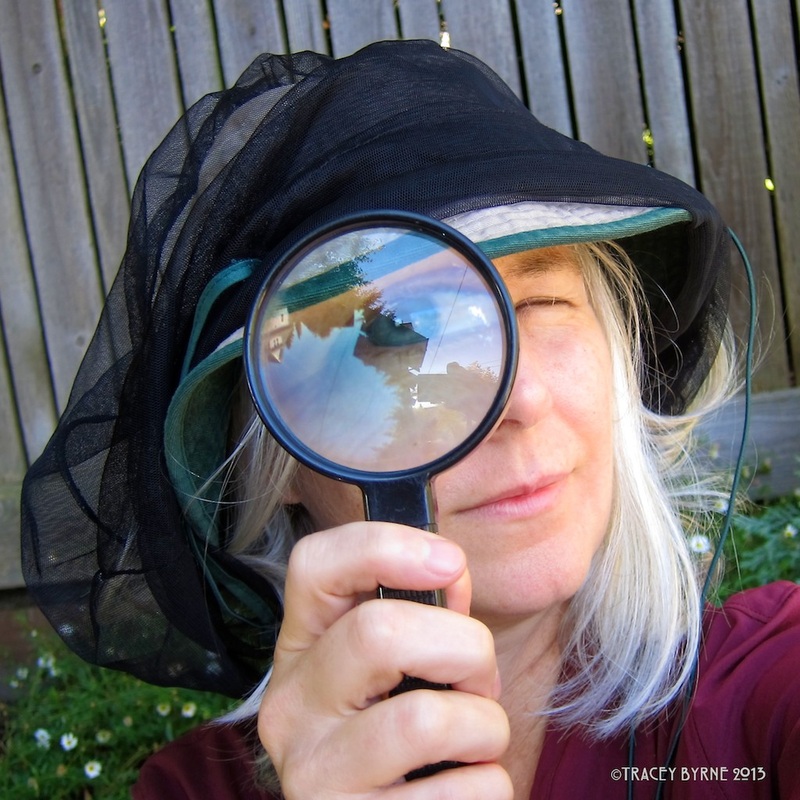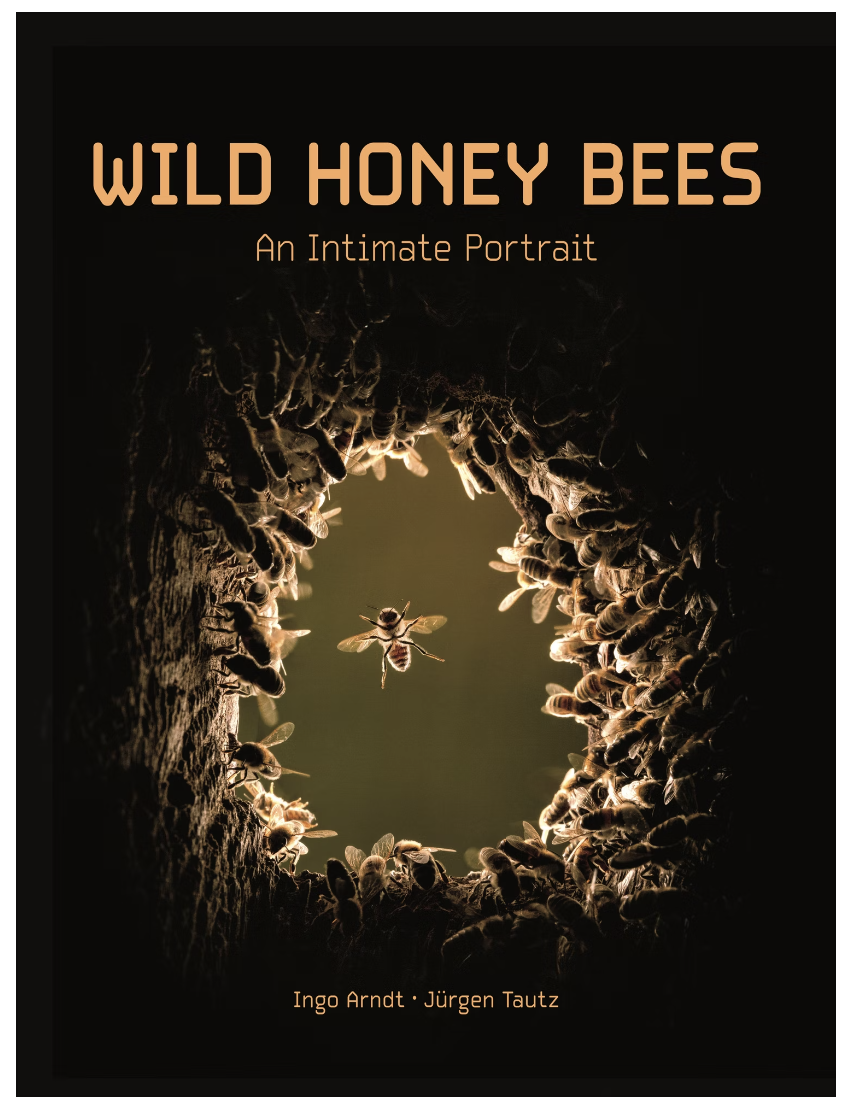
 Nature Photo Book pick: WILD HONEY BEES by Ingo Arndt and Jurgen Tautz. Dive into the biodiversity of a healthy forest hive. The images are absolutely breath-taking. For beekeepers and beepeekers alike. Scientific Inquiry: If you ever wondered about the honeybee "dance language" hypothesis, you need to read this wonderfully readable and thoroughly researched book.
2 Comments
To feed or not to feed? That is the question... our bees were flying on a sunny day in the first week of February; I opened our Sweinty hive and looked through the handy acrylic cover and saw that it looked like our bees had made it through the winter and they appeared to be strong and active. The trouble is--how to keep them that way through our wet and cold Seattle spring weather? This year I decided to try the dry sugar feeding method and followed Michael Bush's advice. On Feb 8, I placed newspaper on top of the frames and covered it with dry white sugar. The moisture from the hive quickly saturated the sugar and the bees began to use it. Twenty days later, on February 26, most of the sugar had disappeared=another dose of dry sugar. Twelve days later, on March 9 the bees had moved all the sugar! Another cup of sugar... Just one week later, March 15, that sugar was gone--today I replaced the newspaper and gave them another large dose. Michael Bush says that they'll use it if they need it, otherwise ignore it.
In addition to the sugar, the bees are bringing in boatloads of pollen which means that they are busy making bee bread and feeding the new bees. We have seen several sunny morning orientation flights, so that's promising. Bee Image from Flow Hive Forum We are once again hosting bees! We hived a swarm captured from a neighbor's tree on April 30th, and hived our second swarm two weeks later-delivered by our friend Marvin. We are using our Danish Sweinty Langstroth Polyhives this year and so far our bees seem to be very happy with their new homes. This week we are seeing thousands of bees each afternoon doing their orientation flights. I decided it was time to reacquaint myself with the Life Cycle of the Honey Bee, and here is what I found out about worker bees. Click the link to read about queens and drones :^) Life Cycle of the Honey Bee
The lifecycle of a honey bee consists of three main stages: the larval, pupal, and adult stages. Within a normal hive situation, a single queen bee lays fertilized and unfertilized eggs. Fertilized eggs can hatch worker and queen bees, unfertilized eggs hatch drone bees. Eggs hatch after about 3 days, but development rates and processes vary among bees within the hive, as well as between species in the genus Apis. Worker Bees Worker bees are female bees that hatch from a fertilized egg. After hatching, the bees spends an average of six days in the larval stage. During the first few days larvae are mass-fed a compound known as “worker jelly” or “brood food”- a mixture of fluids produced by the hypopharyngeal food glands and the mandibular glands of adult worker bees. Larvae are fed between 150-800 times per day for up to three days before the diet is changed to a less rich content and less frequent feeding schedule. During the larval stage fat bodies are built up that are able to store lipids, glycogen, amino acids, and mitochondria bodies for later use in the pupal stage. After eight or nine days, the brood cells are capped and the larvae molt. They begin to spin a cocoon with silk produced from thoracic salivary glands, this marks the beginning the pupal stage. The pupal stage is when most parts of the adult bee form; the wings, legs, abdomen, internal organs, and muscles. Pupae draw upon the stores of the fat bodies built up during the larval stage during this period of growth. Stored lipids, amino acids, and glycogen fuel the continued growth of the developing pupa. After about 20 to 21 days, the pupa chews through the brood cell cap and emerges as a teneral or callow bee. These newly hatched bees do not leave the cell for three to four hours, as they have a soft skin, or cuticle, that takes time to harden. Once emerging from the brood cell, bees must feed within a few hours. Without the bacteria and proteins that ingesting pollen brings, the development process and lifespan of the bee can be threatened. Young bees spend the first one to three weeks of their lives carrying out functions within the hive. These tasks include feeding and cleaning larvae, cleaning the hive cells, building comb, guarding, patrolling, accepting pollen from foragers, storing, curing, and packing pollen, and more. After about three weeks the glands that produce larval food and wax begin to degenerate. The bee moves from the brood nest and begins integration into the life of a forager. Worker bees typically live 15-38 summer days. In the winter, changes in the bees anatomy- specifically well-developed hypopharyngeal glands and an increased supply of fat bodies, enable worker bees to live 140-320 days. ~from Evergreen's The Terroir of Honey, Spring 2016 Want to know more about migratory pollinators? specifically nectar-feeding bats and Monarch butterflies... Me too!
The Northwest Center for Alternatives to Pesticides is offering a free webinar on Monday, June 29 1pm PDT--- see you there! I realize that because I have an affinity for backyard bugs, it is easy for me to recognize the difference between a bumblebee and honeybee. It is a combination of repeated experience and keen interest. (FYI, I am quite useless when it comes to identifying sports teams, cars, or types of deep sea mollusks :^)
I have had this handy Bee Basics: An Introduction to our Native Bees booklet available on my Biodiversity page, and I thought I would highlight it here as a free download (or, you can take yourself over to Amazon and pay $27 for it. Seriously!) This 48-page gem is full of lovely drawings and jam-packed with interesting tidbits. A gift to you from Pollinator Partnership, the USDA, and the US Forest Service. Make friends with your backyard bees. This is a big shout-out to Sherrie Pelsma, the face behind Portland's Pollinator Parkways (also seen on my Biodiversity page). Sherrie has created a Do-it-Yourself Manual for home-owners who would like to "Flip their Strip", i.e. convert their turf-grass parking strip into a pollinator habitat. This is an excellent resource that will guide you through all the steps of transforming your "hell-strip". The manual is packed with clear instructions, shady/sunny plant lists and planting guides, and photos. You can also follow Pollinator Parkways on Facebook for updates and to share your photos. I have included Sherrie's manual as a pdf download. Have fun with your strip!  Pollinator Parkways has created over 6000 square feet of pollinator habitat. Thank you Sherrie, for your community spirit and inspiration! Pollinator Parkway's Do-it-Yourself Manual:
Art credit: New Yorker magazine cover, March 2010 The insidiousness of systemic pesticides is that the pesticide is absorbed into the tissues of the plant, which causes it to poison any insect or mammal that eats its leaves or fruit or harvests its nectar and pollen. In addition, these chemicals leach into the soil and groundwater where they mix with other pesticides and herbicides to create a toxic cocktail and become pervasive in both farmed and wild habitats. Kind of makes me worried for all the things that could go wrong... A 2016 study, Increasing neonicotinoid use and the declining butterfly fauna of lowland California and a similar study in the UK, Are neonicotinoid insecticides driving declines of widespread butterflies? show that our butterfly and honeybee populations are in peril along with other non-target insect species and small mammals. No surprise here. Are we prepared for a world without pollinators? The need for hand-pollination by humans? What will the birds and fish and frogs eat? It truly is time to put a stop to this madness. Learn more from the Bee Protective campaign at Center for Food Safety. Download full-size PDF at Center for Food Safety
How the EPA's pesticide self-reporting policy works Good news for bees this week: EcoWatch: California to Officially List Key Ingredient in Monsanto's Roundup as Cancer-Causing UK Bug Life: Wild Bee Declines and Neonics Case Closed-What Next? Beyond Pesticides: Did Dow Chemical Influence the EPA Decision to Reverse the Chlorpyrifos Ban? and Consumers Sue Monsanto for Misleading Label of Round-up Herbicide Meanwhile, Monsanto, Syngenta, Bayer, BASF, Dupont, Croplife America (the biotech giants who own the world's seed, pesticide, and biotech industries) are once again attempting to use slick PR tactics to muddy the waters concerning the dangers of neonicotinoid pesticides. They are just a few of the members of the "Honey Bee Health Coalition" who want you to understand the real reasons why bees are dying and how they are working-together with farmers and beekeepers-to remedy the situation. Don't fall for it, this is a continuation of Bayer's slimy high-production Follow the Honey strategy for spinning the bee crisis to protect their profits. Girl Next Door Honey has written an excellent post about Why the Bees Are Dying. Thank you Hillary, for your erudite thoughts. related BeePeeking posts Who Cares? (Hint: not Bee Care) The Insidious Pesticide Glyphosate Pesticides & Children Xerces Society How Neonicotinoids Can Kill Bees summary I would like to introduce you to two of my favorite honey bee entrepreneurs: both of these women are not only beekeepers, but are also mentors, educators, and stewards of the environment. Hillary Kearney of San Diego, California says, Girl Next Door Honey isn’t your typical honey business; we want to reach out to the community on every level. We offer raw, natural, uber local honey, beekeeping classes and workshops, one-on-one consulting, a host-a-hive program, kid’s bee presentations and we perform live bee removals. So whether you’re a foodie, aspiring beekeeper, concerned bee supporter or just wanting to have a beehive in your yard we’ve got you covered...Our goal is to raise San Diego’s bee population throughout the city and at the same time spread awareness among the community. Our hope is that these backyard hives will facilitate a dialogue among neighbors, friends, family and the community at large about the importance of bees. We like to think of it as pollinating hearts and minds." Hillary also hosts the Beekeeping Like a Girl blog.
The above images are from Girl Next Door Honey website 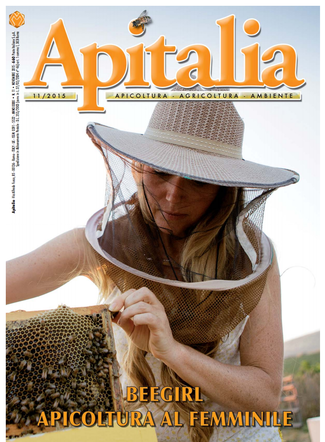 The Bee Girl Organization "is a nonprofit with a mission to inspire and empower communities to conserve bees, their flowers, and our food system." "The Bee Girl, founded by Sarah Red-Laird, aims to conserve our bees by educating the public on their importance through our programs focused on community classes and events, public lectures, our Kids and Bees program. The Bee Girl organization also facilitates the Farming for Bees initiative, empowering and recognizing land managers who provide habitat for our bees. Bee Girl engages with communities across the nation, and the globe, spreading knowledge and bringing a sense of wonder from the hive to the people" (Bee Girl Mission statement). Sarah says, “If you can capture the heart and imagination of a child, and release the sweetness and light of the honeybee in them- they will never forget it. By saving the bee, they will save our world.” The Bee Girl is based in Ashland, Oregon, but travels widely to spread the buzz. The above images are from The Bee Girl website
Bombus mixtus enjoying the sage blossoms and snowberry in our front yard Honeybee collecting nectar=Sage Honey this fall ©Tracey Byrne 2017 Did you know that almost 90% of all flowering plants rely on animals, rather than the wind, for pollination? Over 200,000 species of animals act as pollinators. The vast majority of animal pollinators are insects such as beetles, bees, ants, wasps, butterflies and moths; of these, bees pollinate the largest number of plant species. About 1,000 species of pollinators are hummingbirds, bats and other small mammals (Pollinator Partnership, 2017). Visit Pollinator Partnership and bee inspired with ways to support all our pollinators
|
AuthorTracey Byrne~ Categories
All
Archives
June 2024
|
||||||||||||||||
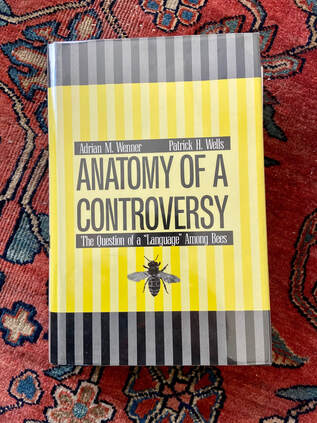
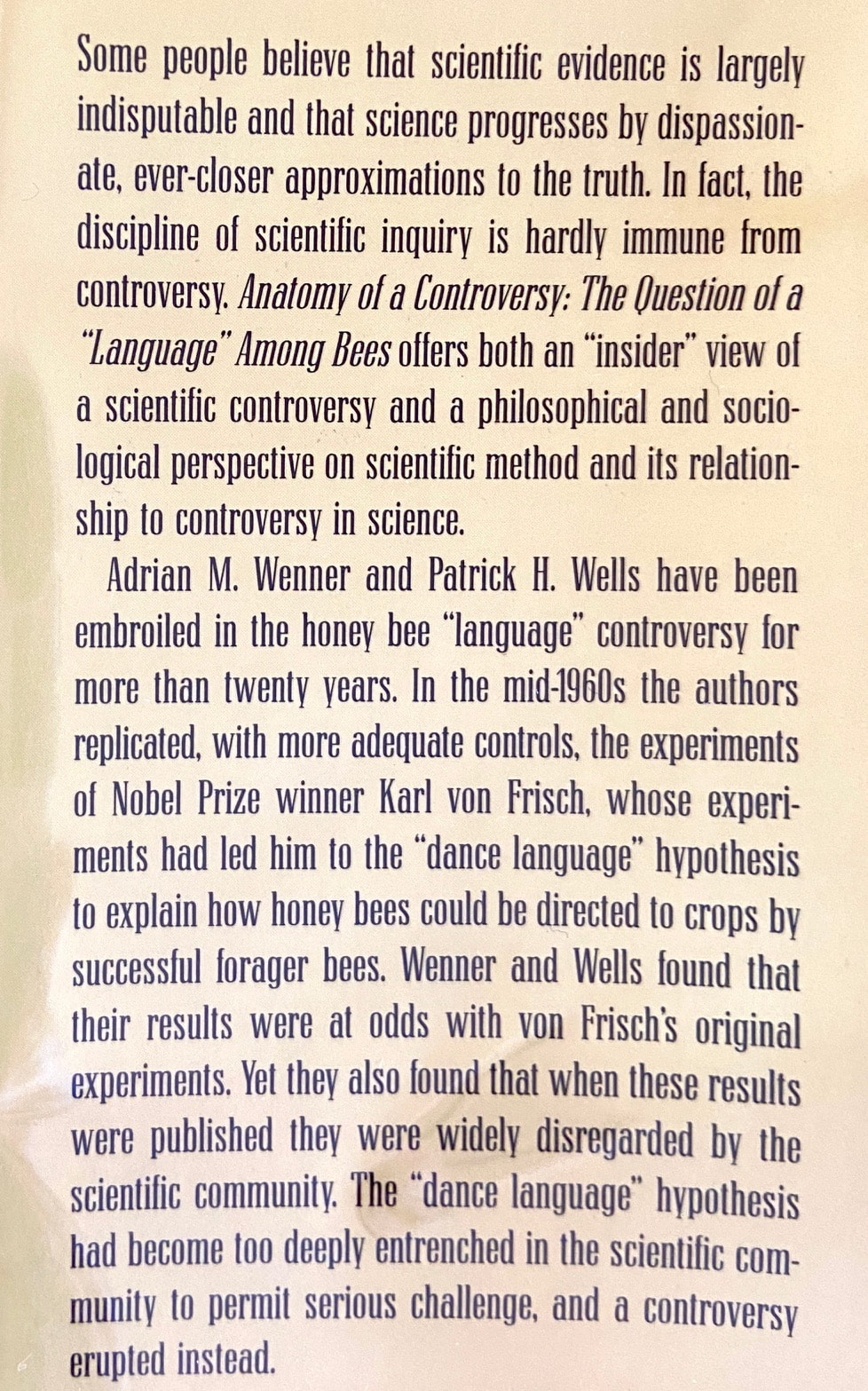
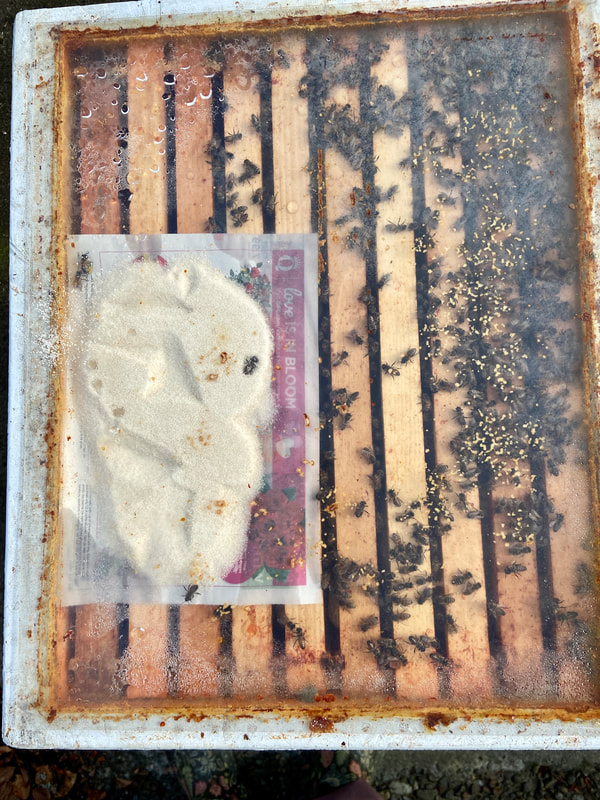
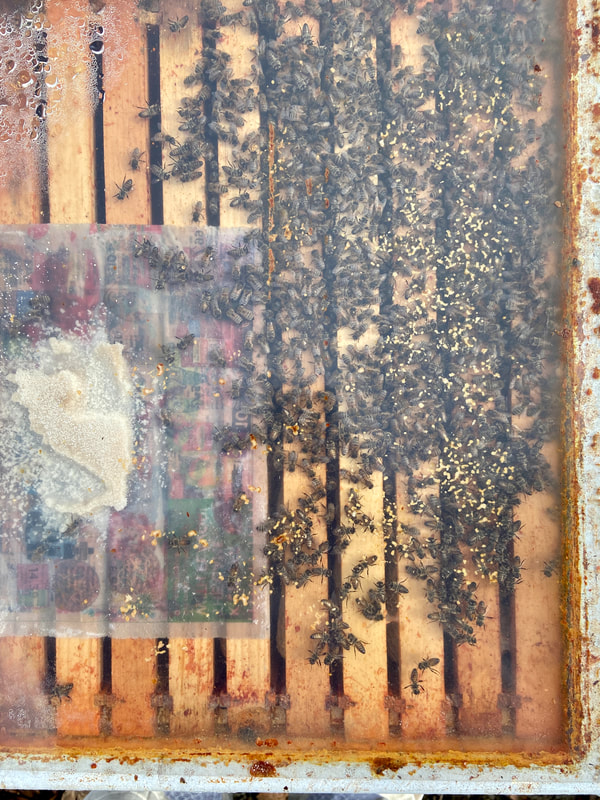
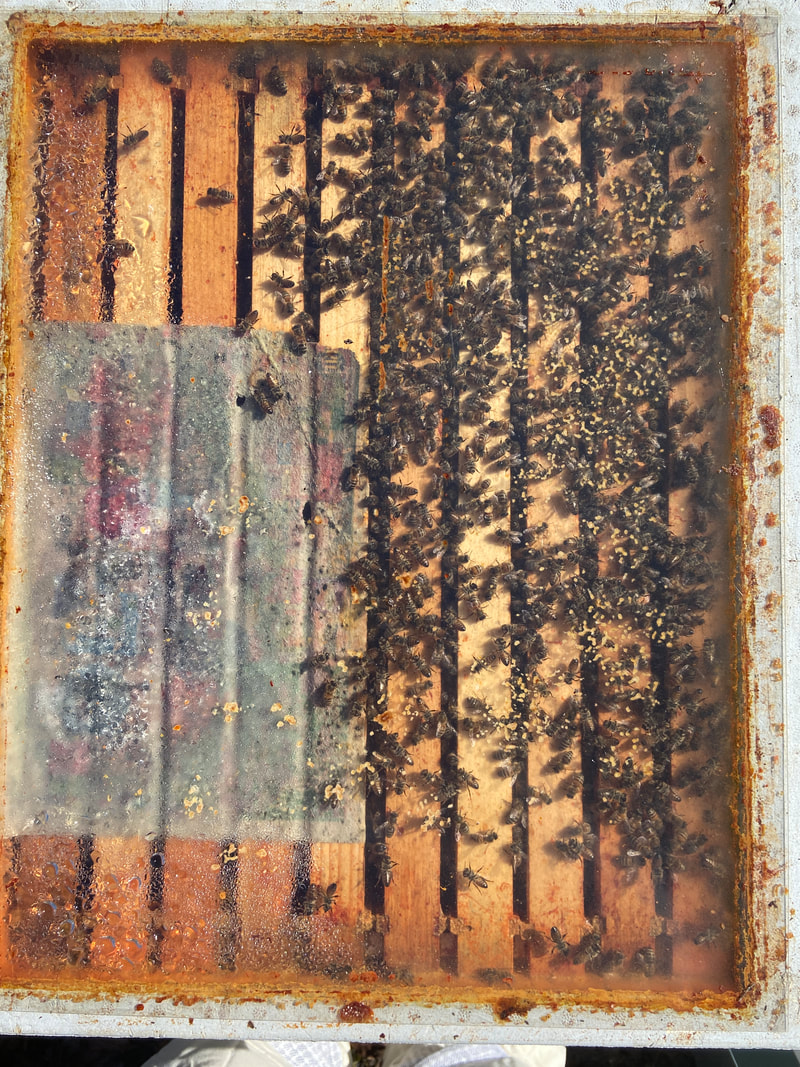
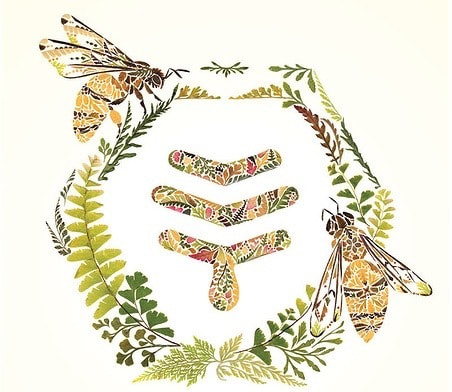
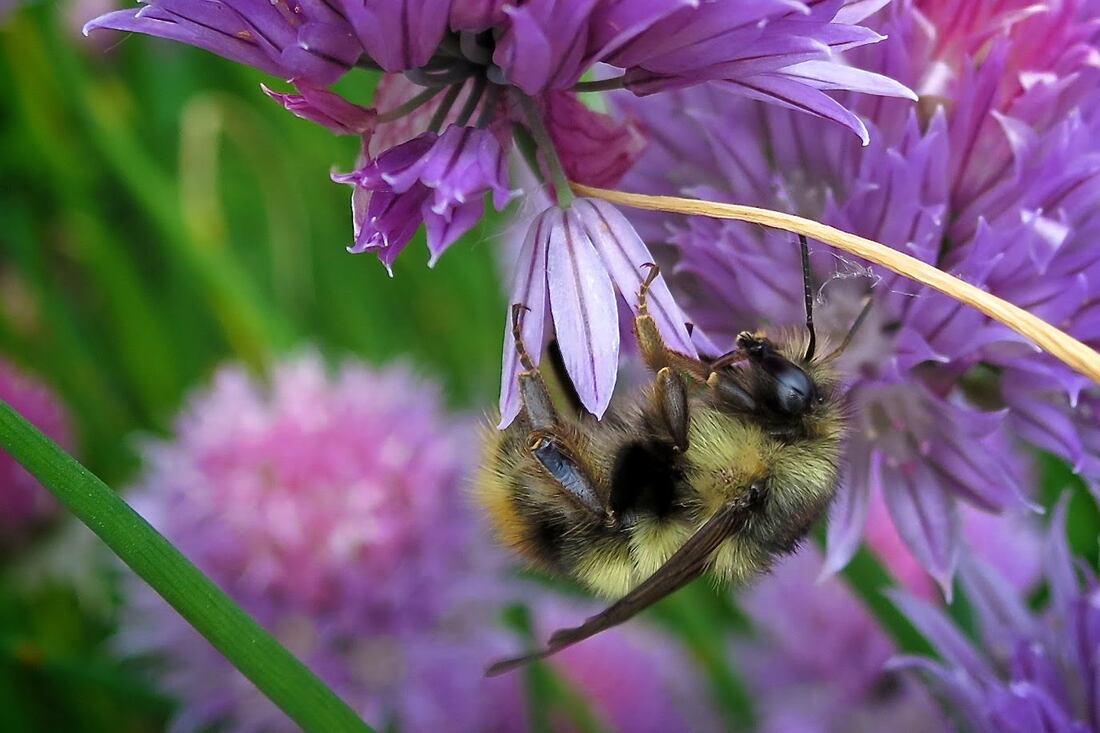
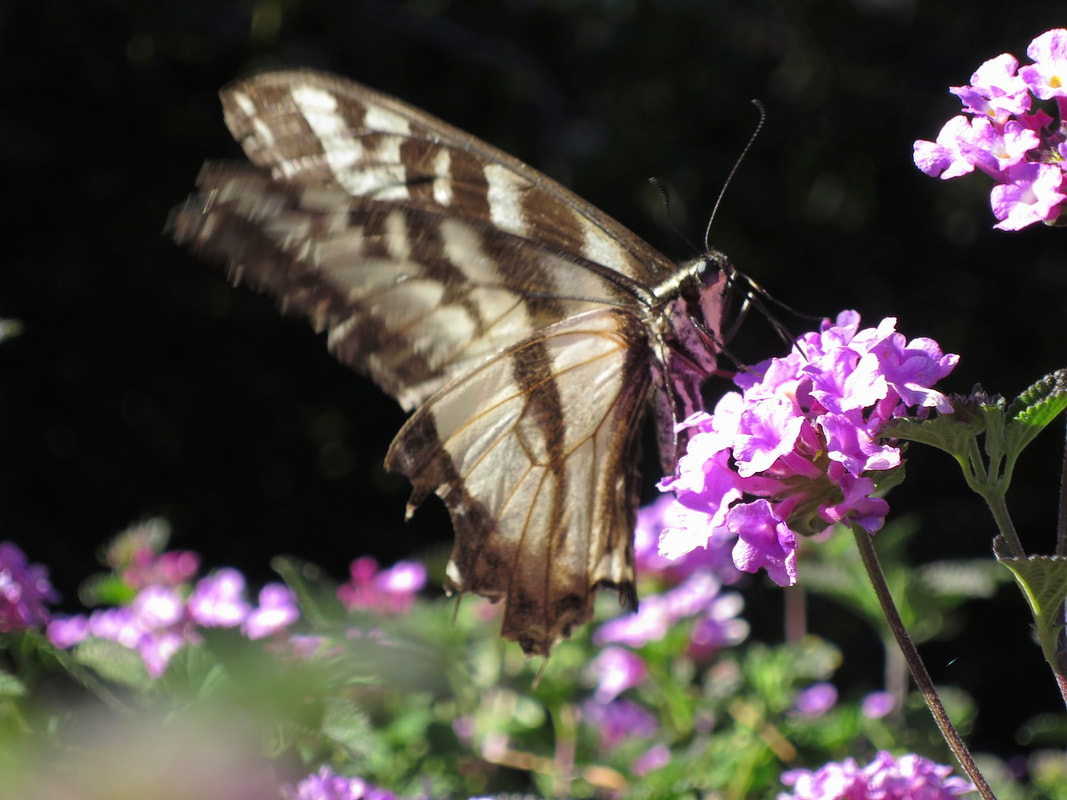
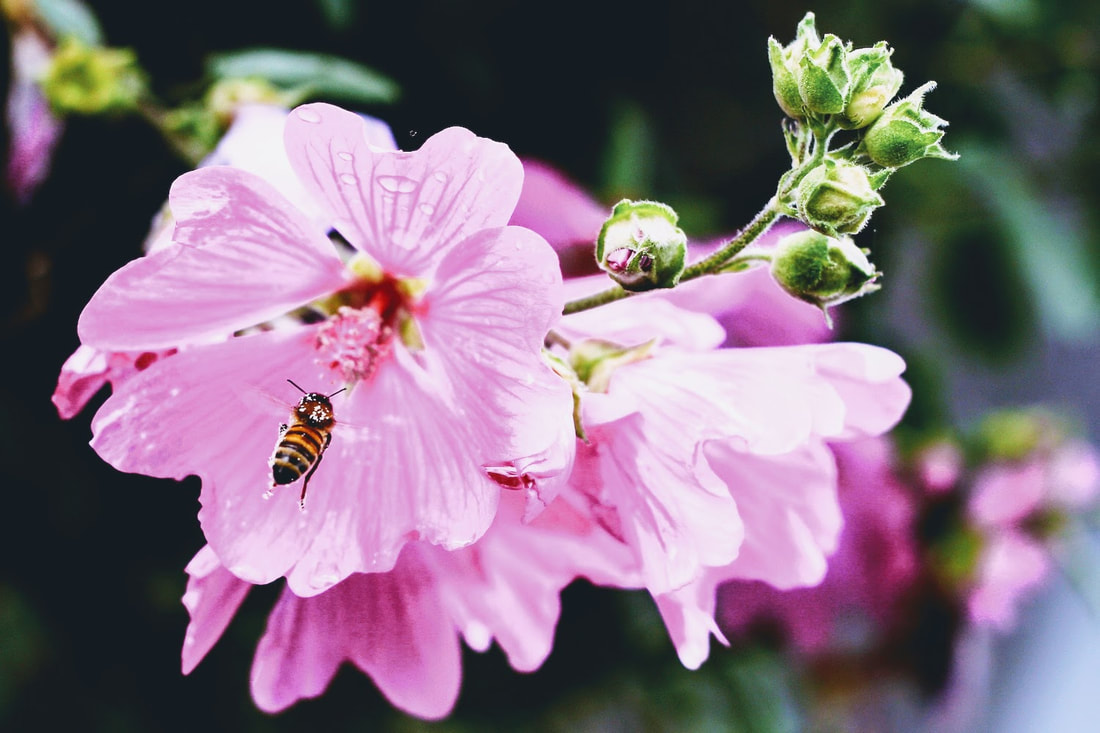
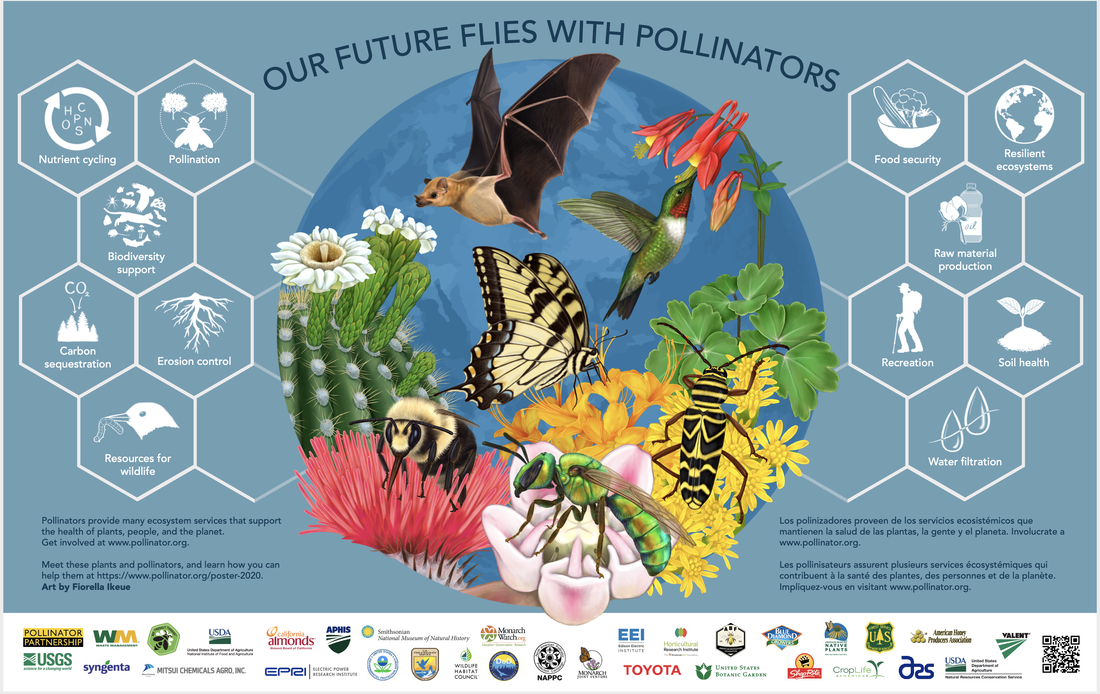
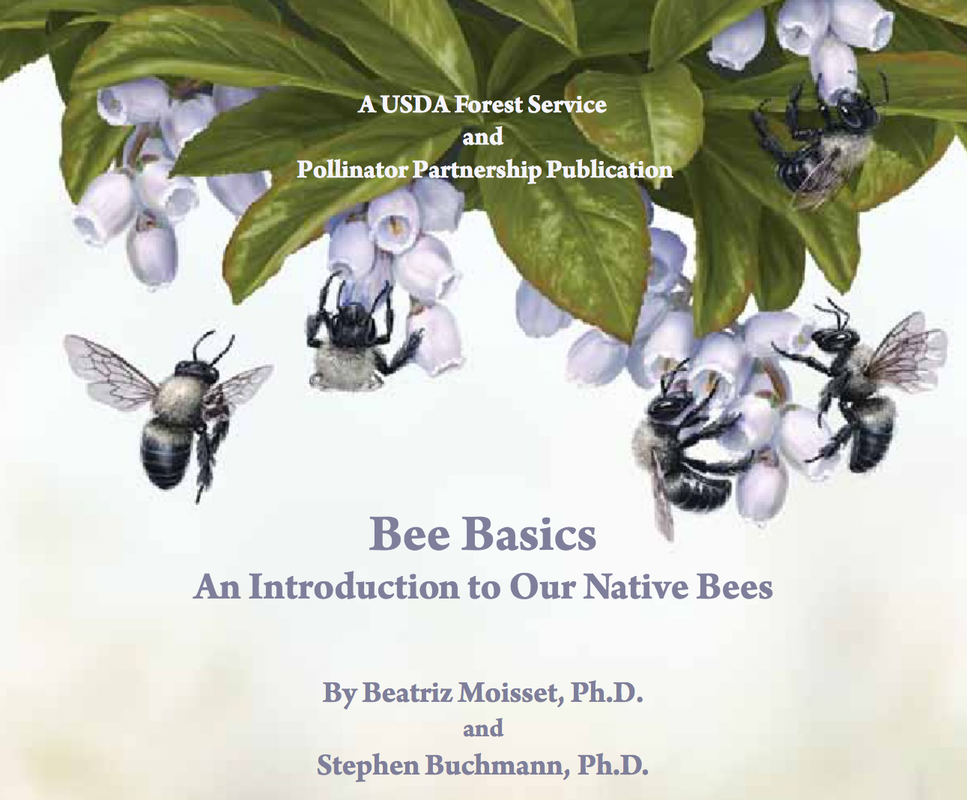
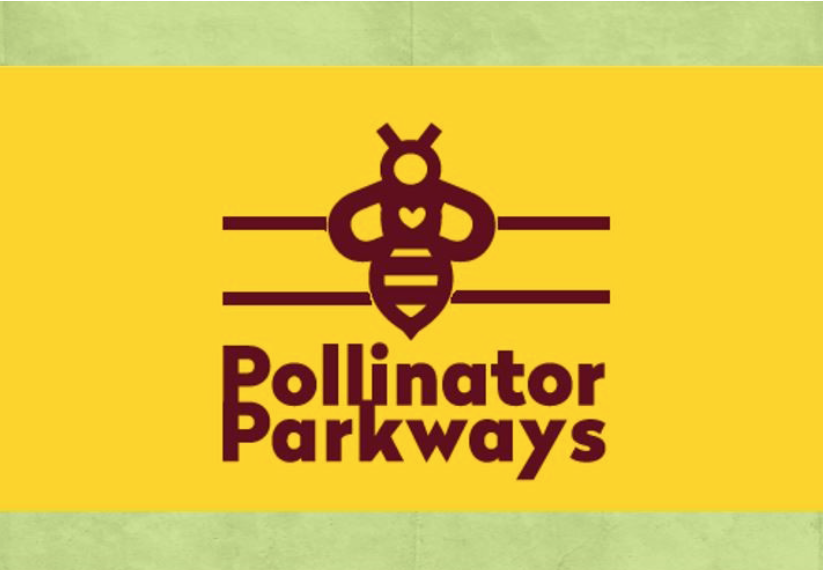
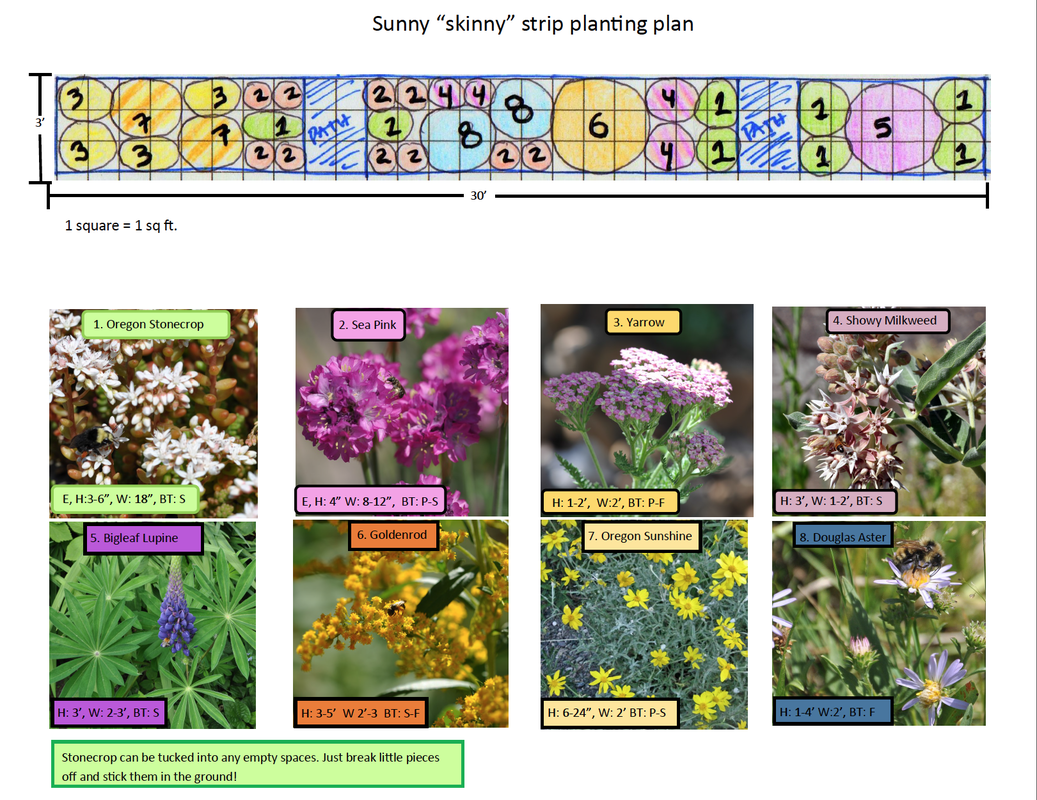
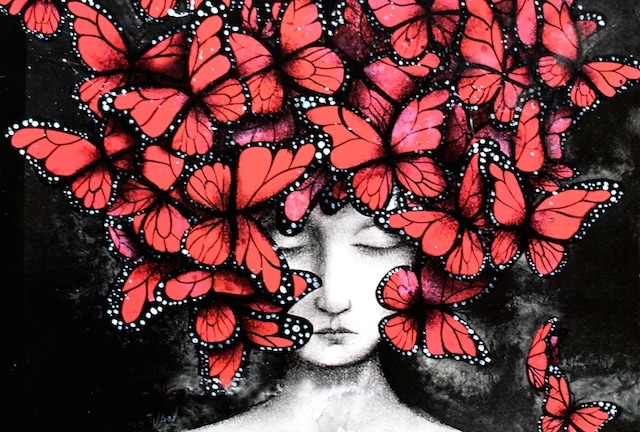
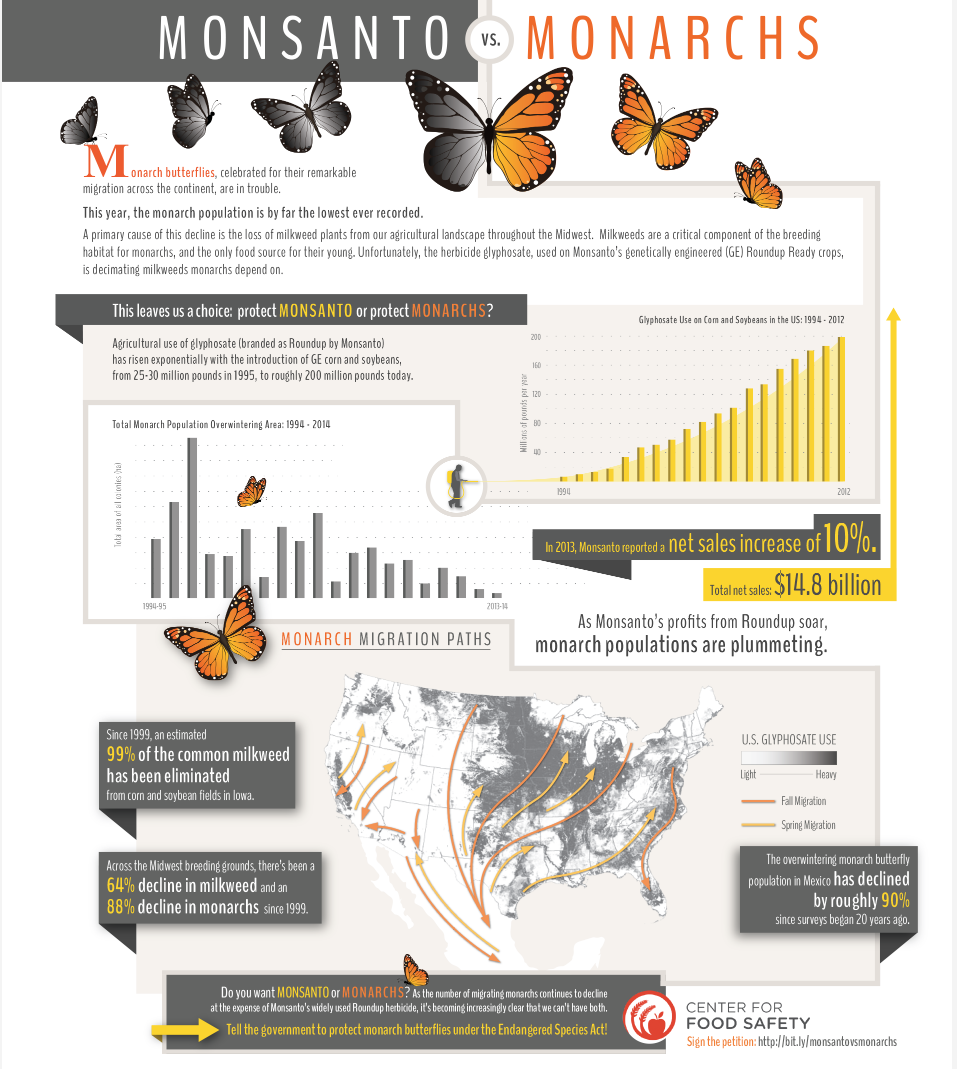
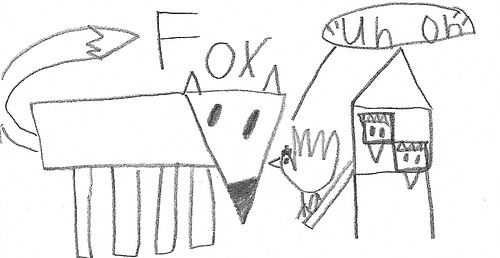
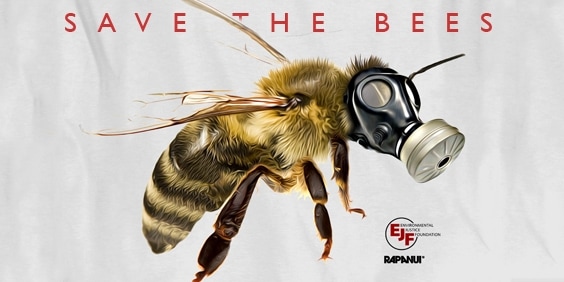

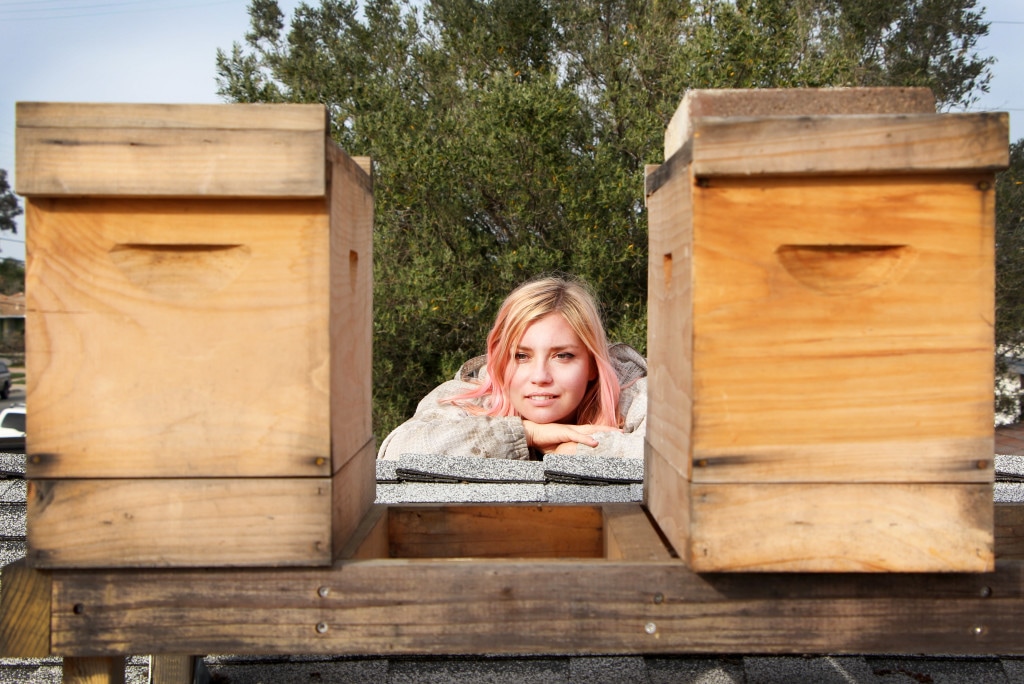
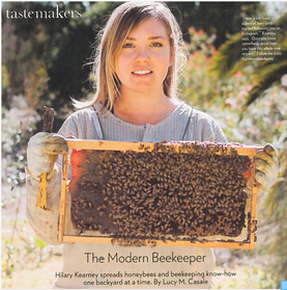
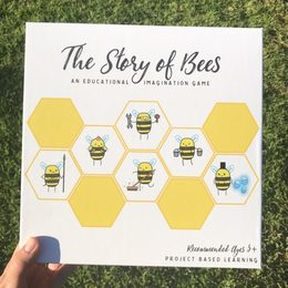
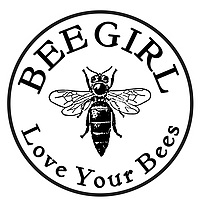
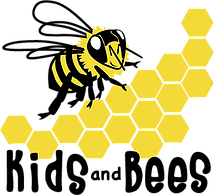
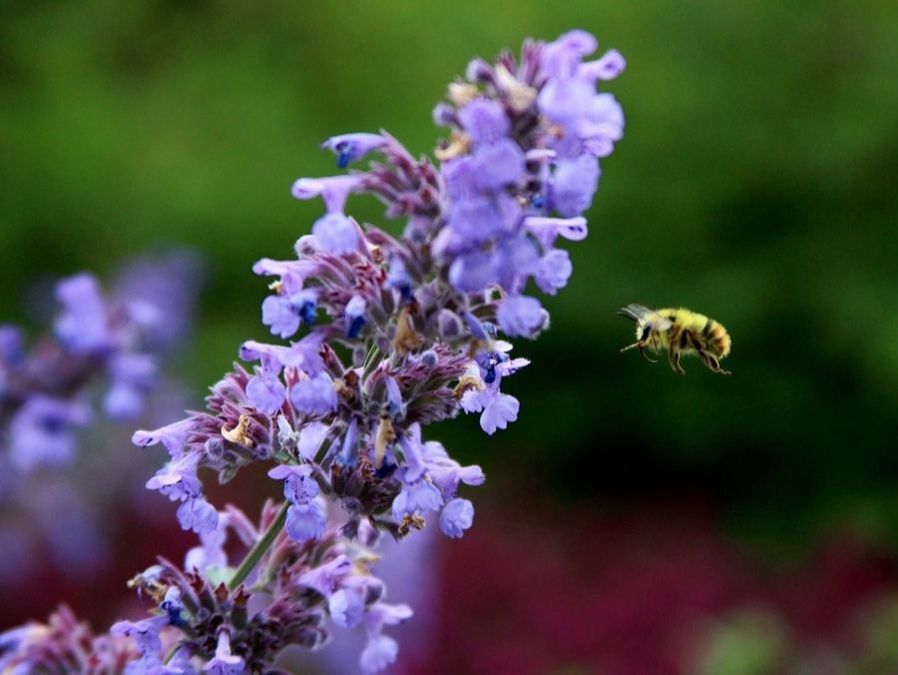
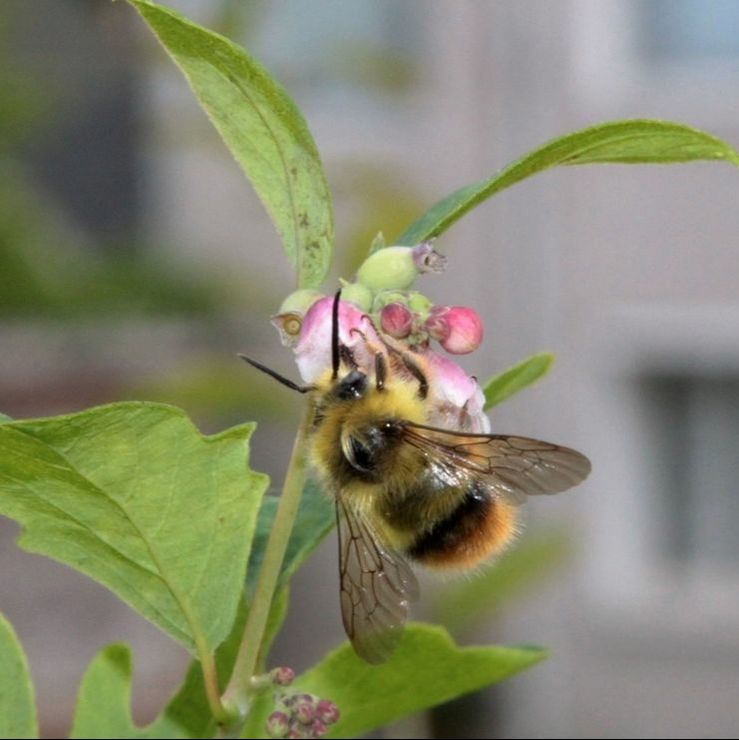
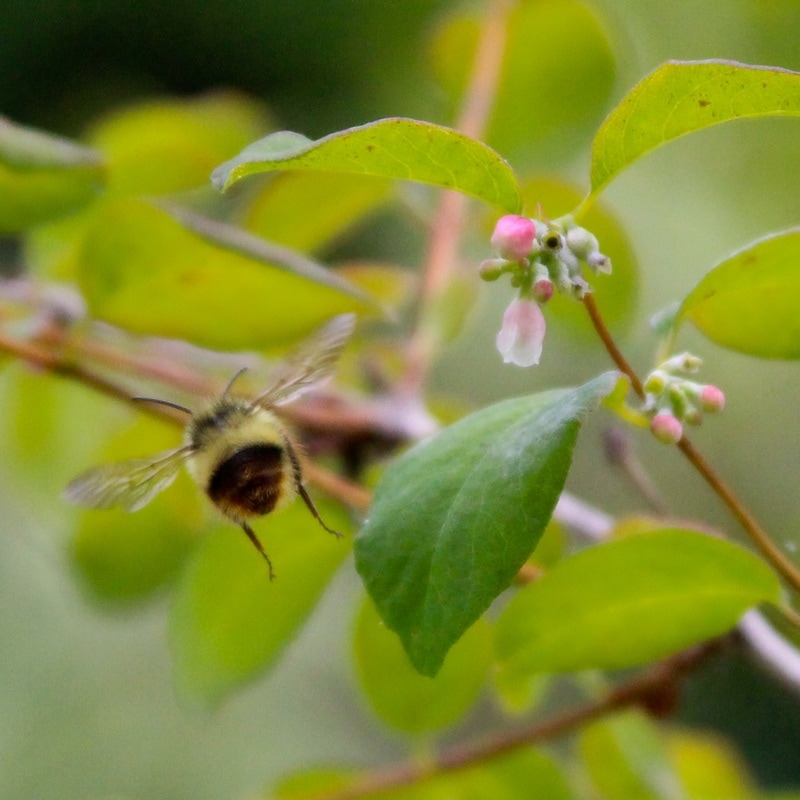
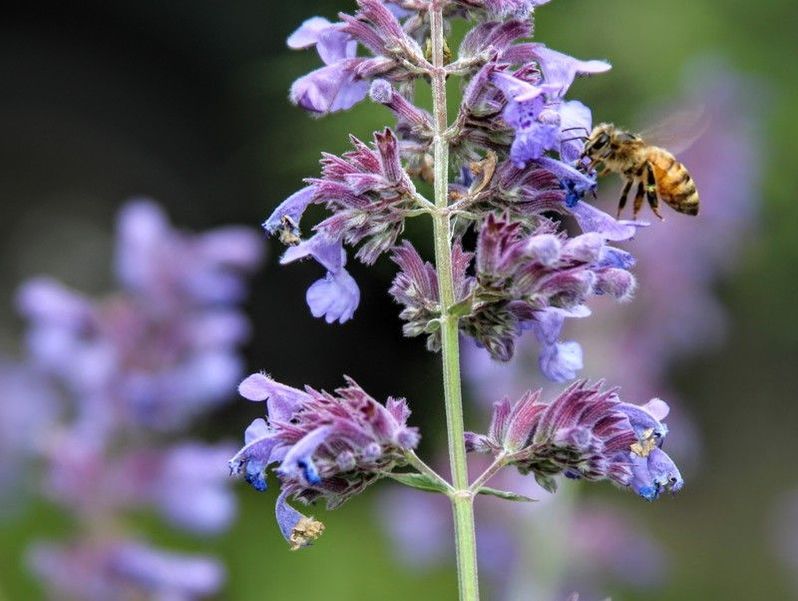
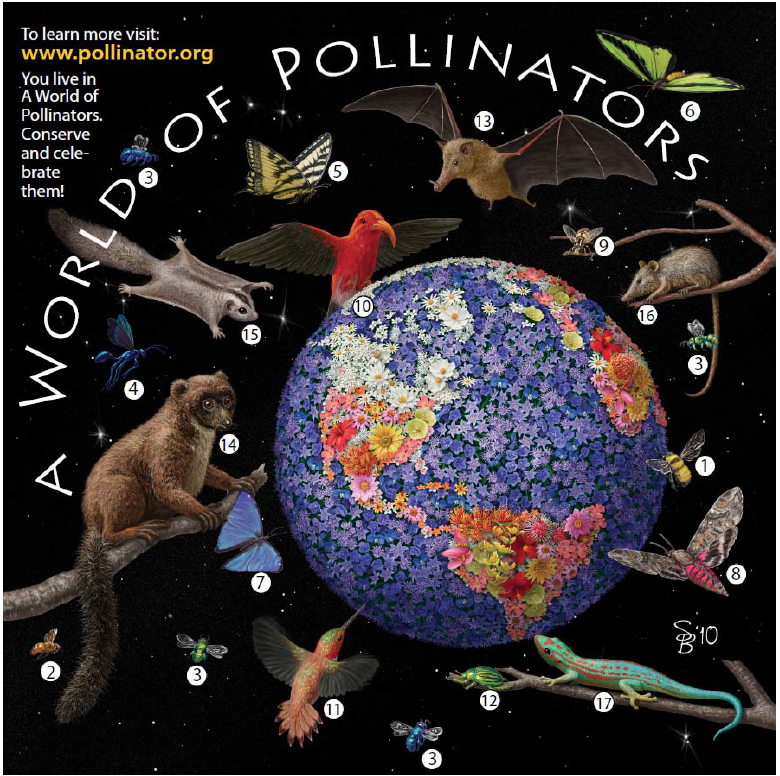
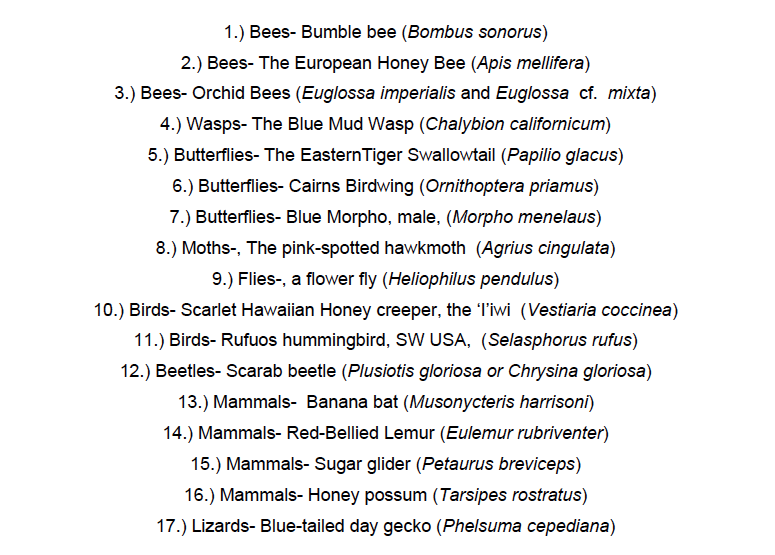
 RSS Feed
RSS Feed
